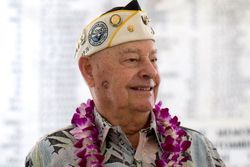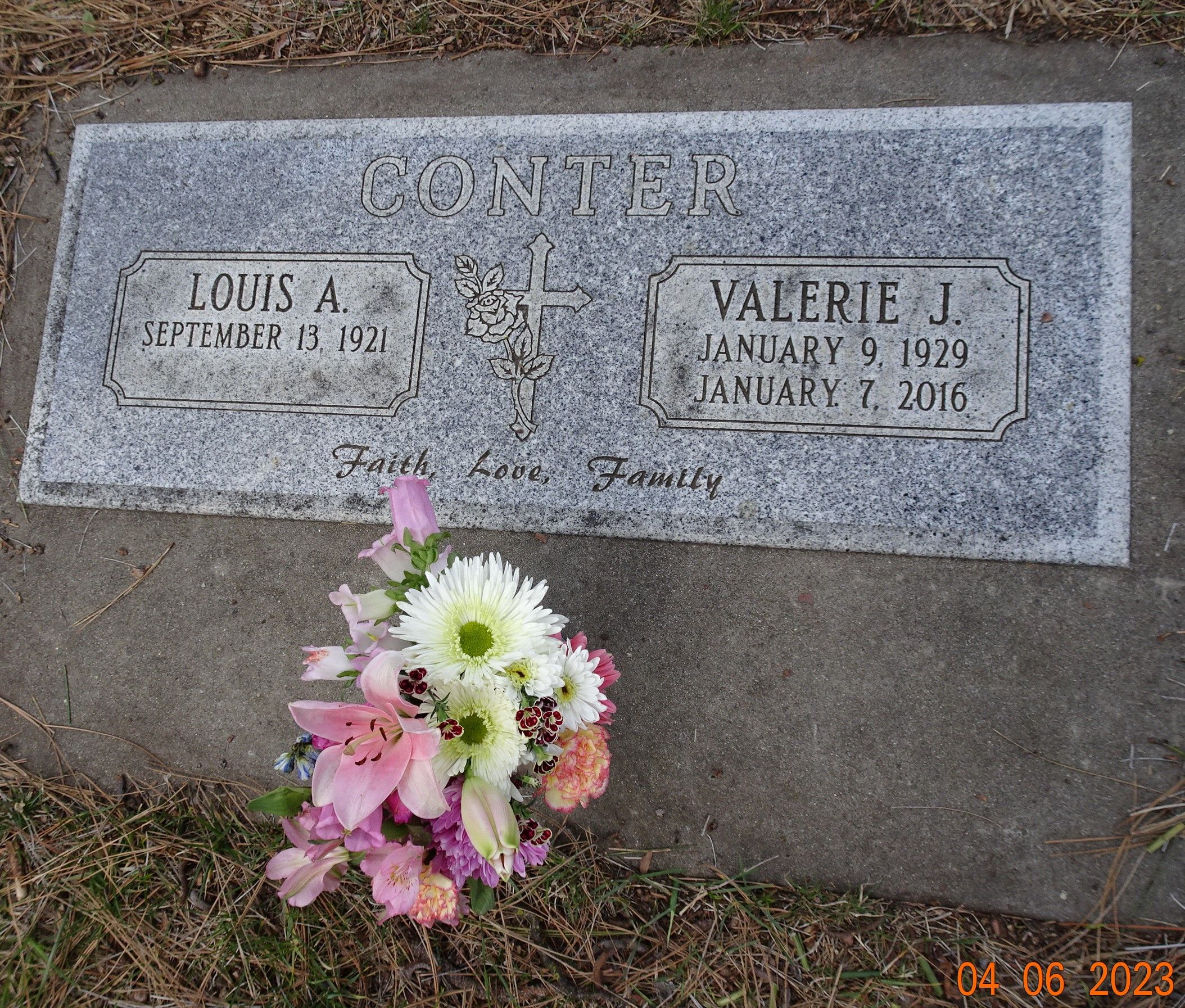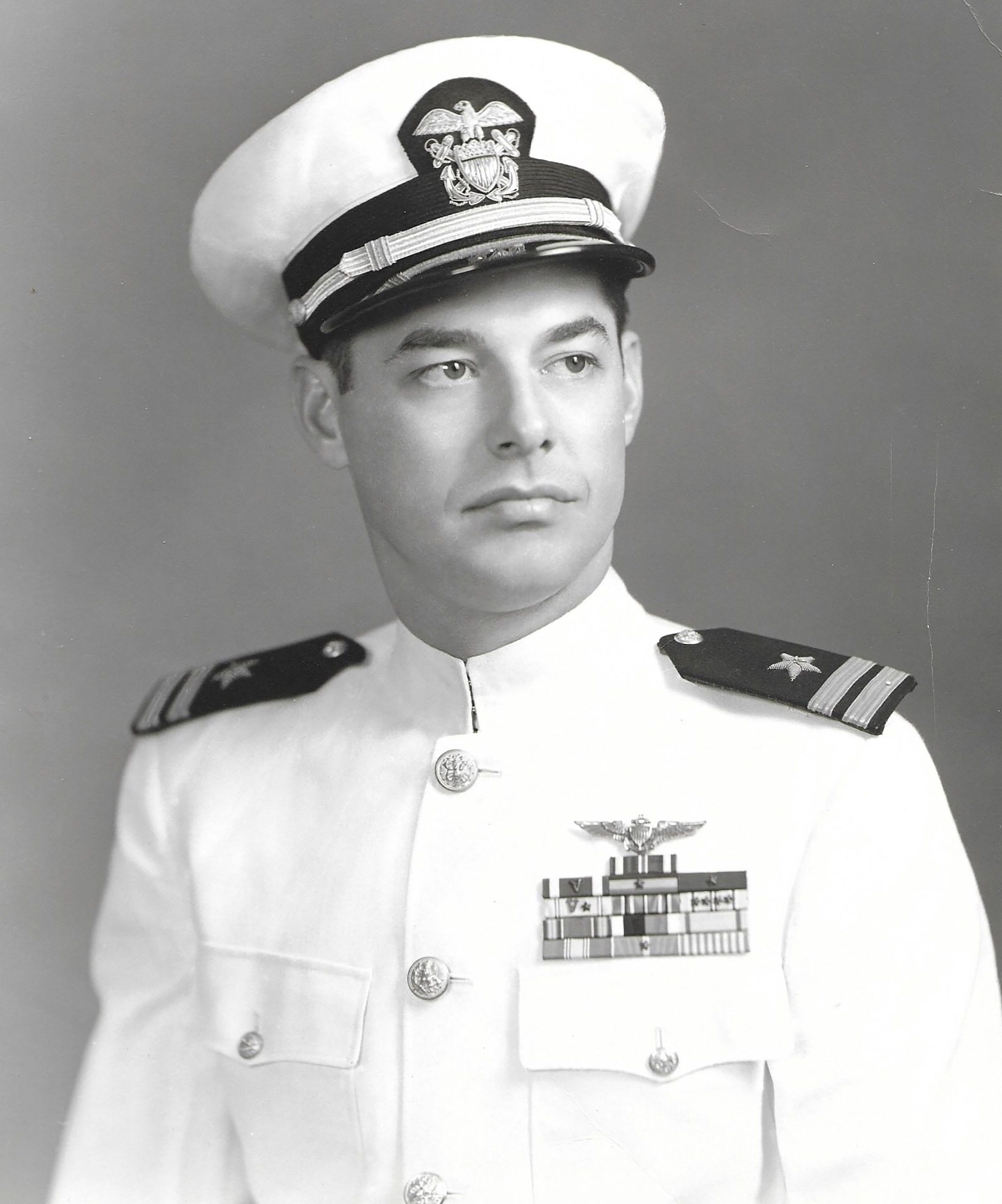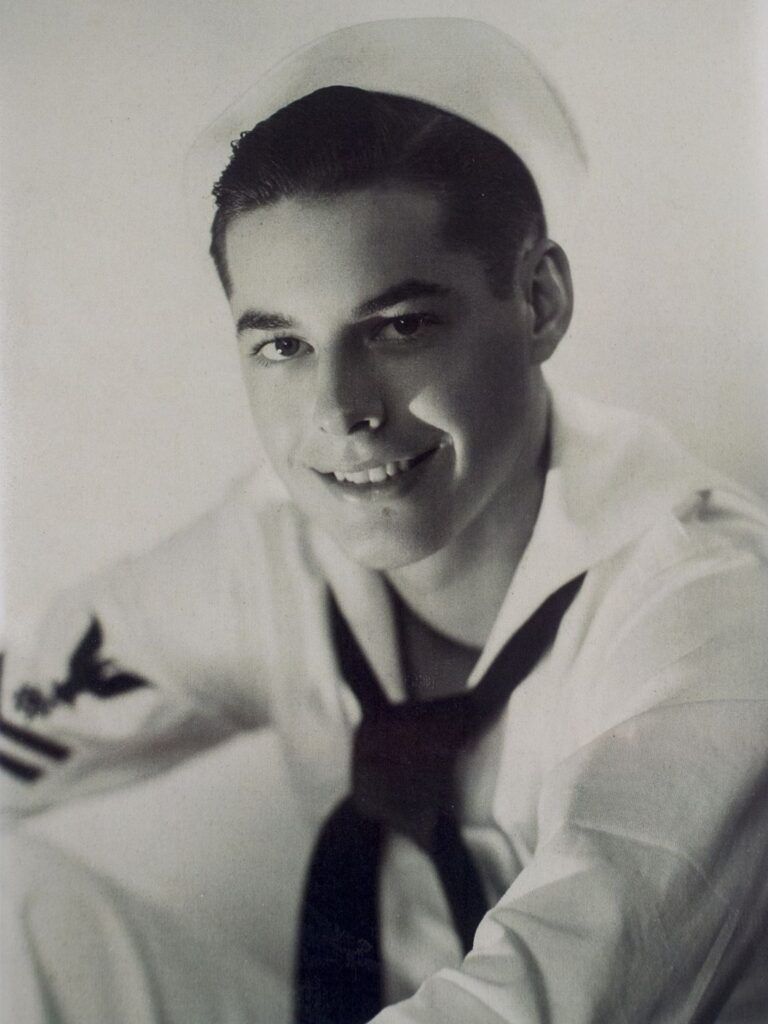U.S. Military Figure. He was the last surviving veteran from the loss of the Battleship Arizona which was sunk during the surprise attack on the Pacific Fleet anchored at Pearl Harbor. The pivotal event catapulted the United States into the Second World War. Born in rural Wisconsin, he enlisted in the United States Navy shortly after his eighteenth birthday. Following completion of his basic training in San Diego, California, he was assigned to the U.S. Naval Station at Pearl Harbor on the island of Oahu. On December 7, 1941, Quartermaster Conter found himself stationed on watch at the stern of the Pennsylvania Class Battleship Arizona (BB-39). Shortly before 8:00 a.m. he, along with his shipmates, heard the first whines of the incoming Japanese "Zeros" as they made their initial approach on Pearl Harbor's "Battleship Row." Racing to his battle station, Conter arrived at the ship's quarterdeck just aft of the main mast and forward of main turret number three. At approximately 8:09 a.m. a Japanese warplane dropped a large armor piercing round which plunged into the Arizona's forward deck, slicing through five levels of steel and wood before detonating a magazine. The resulting explosion shattered the vessel, lifting the bow nearly 40 feet out of the harbor. The blast threw Conter forward onto the quarterdeck where he soon found himself fighting the rapidly rising waters as they claimed the broken ship. He assisted a number of his injured ship mates and helped prevent many from jumping from the ship's deck into the flaming waters below. The commanding officer sounded the order to abandon ship, and Conter, now knee deep in the waters of the Pacific, found his way to a lifeboat and began the arduous task of rowing to shore. During his flight from the stricken Arizona, he and several other sailors managed to pull several dozen injured men from the water. Shortly before 10:00 a.m., the Japanese strike force withdrew and Conter found himself assisting in the grim task of pulling the dead from the water and fighting the numerous fires which engulfed the naval station. Following the entrance of the United States into the Second World War, he enlisted in the Naval Flight School before serving in both major theatres of the war. As a pilot in the Pacific Campaign, he was shot down on two separate occasions, being forced to survive in the shark infested waters off of New Guinea. Pulled from the waters, he continued flying a number of combat missions during the duration of the conflict. During the Korean War, he served as an intelligence officer and worked in special operations, helping establish the inaugural Naval SERE School. The school trains personnel who face the possibility of capture by hostile forces the skills needed for survival, evasion, resistance, and escape. In 1967, Conter retired with the rank of Lieutenant Commander after twenty-eight years of service. Though retired from active service, he, like countless other survivors of the "Day of Infamy" continued to make the annual pilgrimage to Pearl Harbor to honor the 2,403 souls lost that day, 1,177 of which came from the U.S.S. Arizona.
U.S. Military Figure. He was the last surviving veteran from the loss of the Battleship Arizona which was sunk during the surprise attack on the Pacific Fleet anchored at Pearl Harbor. The pivotal event catapulted the United States into the Second World War. Born in rural Wisconsin, he enlisted in the United States Navy shortly after his eighteenth birthday. Following completion of his basic training in San Diego, California, he was assigned to the U.S. Naval Station at Pearl Harbor on the island of Oahu. On December 7, 1941, Quartermaster Conter found himself stationed on watch at the stern of the Pennsylvania Class Battleship Arizona (BB-39). Shortly before 8:00 a.m. he, along with his shipmates, heard the first whines of the incoming Japanese "Zeros" as they made their initial approach on Pearl Harbor's "Battleship Row." Racing to his battle station, Conter arrived at the ship's quarterdeck just aft of the main mast and forward of main turret number three. At approximately 8:09 a.m. a Japanese warplane dropped a large armor piercing round which plunged into the Arizona's forward deck, slicing through five levels of steel and wood before detonating a magazine. The resulting explosion shattered the vessel, lifting the bow nearly 40 feet out of the harbor. The blast threw Conter forward onto the quarterdeck where he soon found himself fighting the rapidly rising waters as they claimed the broken ship. He assisted a number of his injured ship mates and helped prevent many from jumping from the ship's deck into the flaming waters below. The commanding officer sounded the order to abandon ship, and Conter, now knee deep in the waters of the Pacific, found his way to a lifeboat and began the arduous task of rowing to shore. During his flight from the stricken Arizona, he and several other sailors managed to pull several dozen injured men from the water. Shortly before 10:00 a.m., the Japanese strike force withdrew and Conter found himself assisting in the grim task of pulling the dead from the water and fighting the numerous fires which engulfed the naval station. Following the entrance of the United States into the Second World War, he enlisted in the Naval Flight School before serving in both major theatres of the war. As a pilot in the Pacific Campaign, he was shot down on two separate occasions, being forced to survive in the shark infested waters off of New Guinea. Pulled from the waters, he continued flying a number of combat missions during the duration of the conflict. During the Korean War, he served as an intelligence officer and worked in special operations, helping establish the inaugural Naval SERE School. The school trains personnel who face the possibility of capture by hostile forces the skills needed for survival, evasion, resistance, and escape. In 1967, Conter retired with the rank of Lieutenant Commander after twenty-eight years of service. Though retired from active service, he, like countless other survivors of the "Day of Infamy" continued to make the annual pilgrimage to Pearl Harbor to honor the 2,403 souls lost that day, 1,177 of which came from the U.S.S. Arizona.
Bio by: The Kentucky Hill Hunter
Inscription
Faith, Love, Family
Family Members
Advertisement











